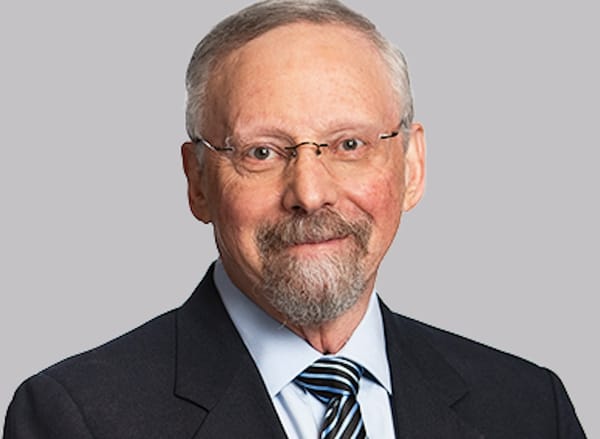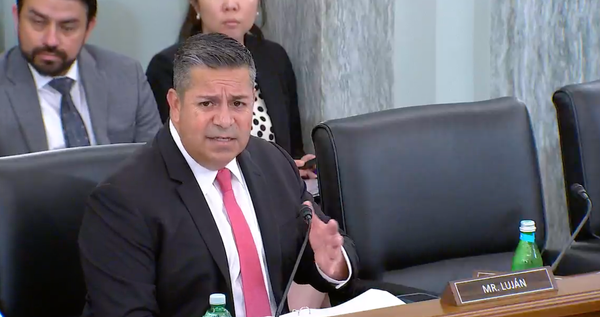Verizon Chief, on Brink of LTE and FiOS Deployment, Calls for ‘Powerful Answers’ on Broadband
LAS VEGAS, January 9, 2013 – Broadband is now so thoroughly integrated within electronic devices, and broadband providers have done so much to advance faster internet connectivity, that now has become the time to apply broadband to solve society’s toughest problems: health care, educational improvem
LAS VEGAS, January 9, 2013 – Broadband is now so thoroughly integrated within electronic devices, and broadband providers have done so much to advance faster internet connectivity, that now has become the time to apply broadband to solve society’s toughest problems: health care, educational improvement, and environmental sustainability.
That was the message that the CEO of one of the largest broadband providers — Verizon Communication — delivered during his keynote address at the Consumer Electronics Show here on Tuesday.
Verizon CEO Lowell McAdams’s address covered a range of broadband improvements made, through both the wired and wireless networks, over the past two years.
At the convention two years ago, McAdams had touted the company’s aggressive plans for its market-leading fourth-generation wireless technology LTE. It is a wireless protocol that stands for long-term evolution.
“What a difference two years has made,” said McAdams. “Today, 4G LTE is available to 273 million [Americans], or 89 percent of the population.” He said the company would finish its deployment by the middle of 2013 — six months earlier than projected.
In offering speeds of 10-12 megabits per second (Mbps), “the impact of 4G has rippled through the tech industry,” said McAdams. Not only is there a healthy competition in the market for smart phones and tablet, but these 4G networks have laid the foundation for new sorts of machine-to-machine communications.
McAdams also cited the rollout of the company’s fiber optic internet service, or FiOS. This wired network offers speeds of 100 Mbps to consumers within the company’s geographic footprints in the northeast, the Pacific states, and in Texas. A new upgrade will begin to offer service at 300 Mbps. “And we have the platform to deliver one Gigabit per second to the home,” he said.
With improved wireless and wired networks, McAdams said that the next challenge is to effectively use these broadband networks.
That’s why he spent the bulk of his hour-long address focusing on society’s unmet needs: how super-fast broadband can enable improvements in health care — particularly through telemedicine — as well as enhanced opportunities for distance learning, automotive safety, and enhancing environmental sustainability.
McAdams announced that his company’s Verizon Foundation will launch a $10 million competition to address precisely these issues.
Called the “Powerful Answers Award,” McAdams threw down the gauntlet for the technology industry present at the conference. “What we need now is for the best minds in the technology industry to figure out how to tap their capabilities to change the world for the better,” he said.
Award submissions will include a summary of the idea or product; an articulation of the problem being solved; a high-level business plan; a sense of the potential global impact of the solution and how it utilizes high-speed networks. See http://powerfulanswersaward.com and this news release for more information.
Follow Broadband Breakfast’s coverage of the Consumer Electronics Show at http://twitter.com/broadbandcensus. Our goals for #CES2013 are to promote the upcoming series of Broadband Breakfast Club events; to get the latest information on how broadband is driving digital technologies in 2013; and to test ideas for a book on technology, broadband, and digital media that Broadband Breakfast’s Publisher Drew Clark plan to write in 2013. He is on Google+ and Twitter.









